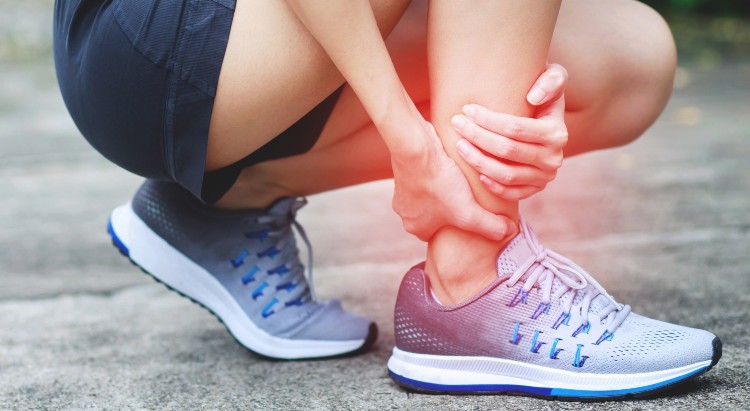
Platelet-rich plasma (PRP)
Platelet-rich plasma (abbreviated PRP) is an injection treatment often used for tendon and cartilage injuries. PRP is obtained from the patient's own blood, which is drawn and then spun at high speeds on a centrifuge machine. This separates the blood into layers, one of which is a layer rich in platelets and growth factors known to be important in muscle and tendon healing. (These include transforming growth factor-beta, platelet-derived growth factor, fibroblast growth factor, insulin-like growth factors, and vascular endothelial growth factor.) This layer is then isolated and injected back into the patient at the site of injury.
PRP has received much attention in the popular media as a result of its use in treating sports injuries in a number of high-profile professional athletes. However, existing research regarding the effectiveness of PRP is very unclear. Physicians have tried using PRP to enhance healing after surgeries such as ACL reconstruction and rotator cuff repair with inconsistent and mixed results. PRP appears to be more useful in the non-operative treatment of soft-tissue injuries such as chronic tendonitis (e.g. tennis elbow), and ligament injuries (e.g. MCL strains). In the world of cartilage injury, PRP may have a role as an injection treatment for arthritis. More often, it is used to enhance healing of cartilage surgeries such as microfracture and cartilage grafting.
At this point, additional research is needed to fully define the role of PRP and to determine in which settings it might—or might not—be valuable. Accordingly, most insurance companies currently view PRP injections as “experimental” and most policies do not cover PRP injections. These issues should be discussed with your physician before undergoing PRP treatment.
